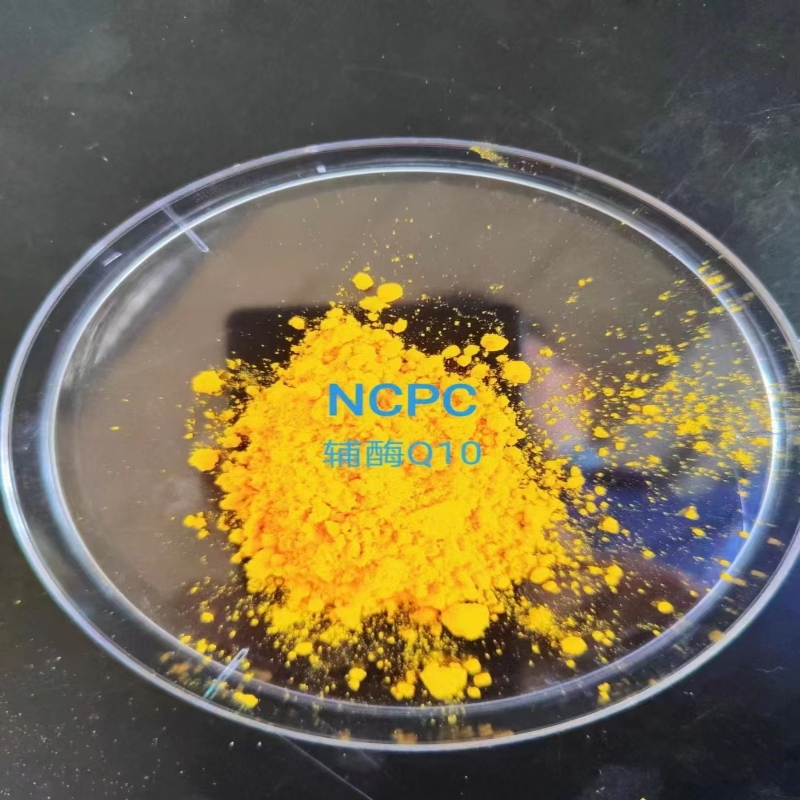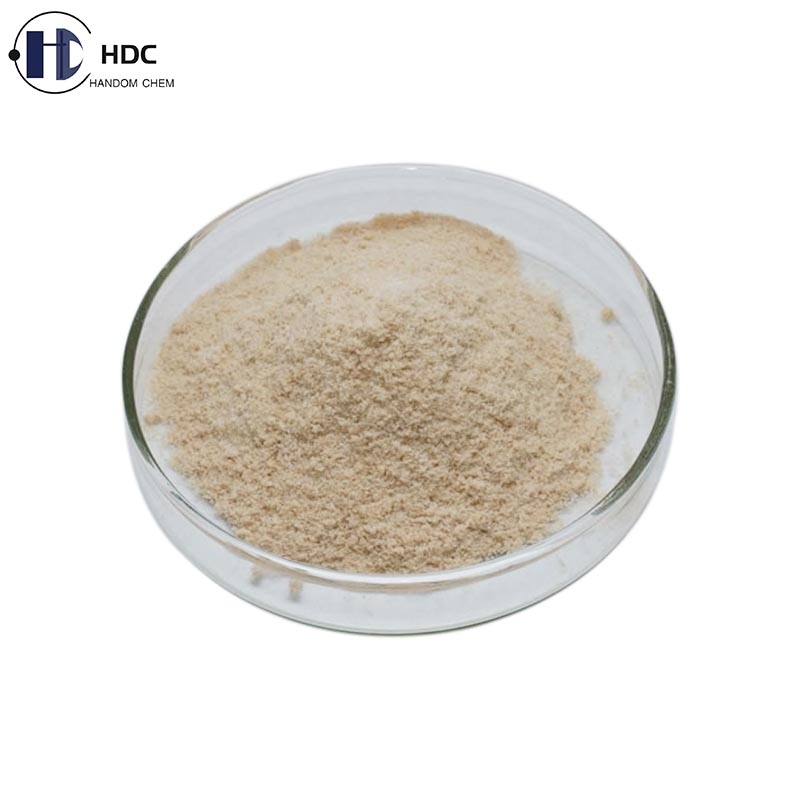Scientists have found an actin histidine methyltransferase that can prevent primary dystocia
-
Last Update: 2018-12-21
-
Source: Internet
-
Author: User
Search more information of high quality chemicals, good prices and reliable suppliers, visit
www.echemi.com
On December 10, researchers from Stanford University and the University of Texas published an article titled "setd3 is an actin histidine methyltransferase that prevents primary dystocia" in nature The first mammalian proteomic methyltransferase setd3 and its key regulatory effect on smooth muscle contraction were found through mouse experiments Actin is a kind of spherical multifunctional protein that forms microfilaments It is essentially present in all eukaryotic cells (the only known exception is nematode sperm), where it can be present at a concentration of more than 100 μ m; it has a mass of about 42 kDa and a diameter of 4 to 7 nm It has been found that actin-h73me has existed for more than 50 years In addition to mammals, actin-h73me also exists in several other model plants and animals Although the existence of h73me is universal, the function of this methylation modification and its catalytic enzyme are still unsolved In this study, researchers identified setd3 (SET domain protein 3) as a methyltransferase of physiological actin histidine 73 Further structural analysis showed that a wide range of interaction networks "clamp" actin peptide chain to the surface of setd3 and correctly locate H73 in the corresponding catalytic domain to promote methyl transfer H73me reduced the nucleotide exchange rate of actin monomers and moderately accelerated the assembly of actin filaments The complete deletion of actin-h73me was found in many tissues of mice lacking setd3 Quantitative proteomics confirmed that actin-h73 was the main physiological substrate of setd3 Female mice lacking setd3 had a severe reduction in the number of offspring due to maternal dystocia, which could not be alleviated by the use of oxytocin In addition, the absence of setd3 can damage the contraction of primary human uterine smooth muscle cells induced by signal On the one hand, the study found the first mammalian protein histidine methyltransferase, on the other hand, revealed the key role of setd3 and actin-h73me in regulating smooth muscle contraction (
This article is an English version of an article which is originally in the Chinese language on echemi.com and is provided for information purposes only.
This website makes no representation or warranty of any kind, either expressed or implied, as to the accuracy, completeness ownership or reliability of
the article or any translations thereof. If you have any concerns or complaints relating to the article, please send an email, providing a detailed
description of the concern or complaint, to
service@echemi.com. A staff member will contact you within 5 working days. Once verified, infringing content
will be removed immediately.







